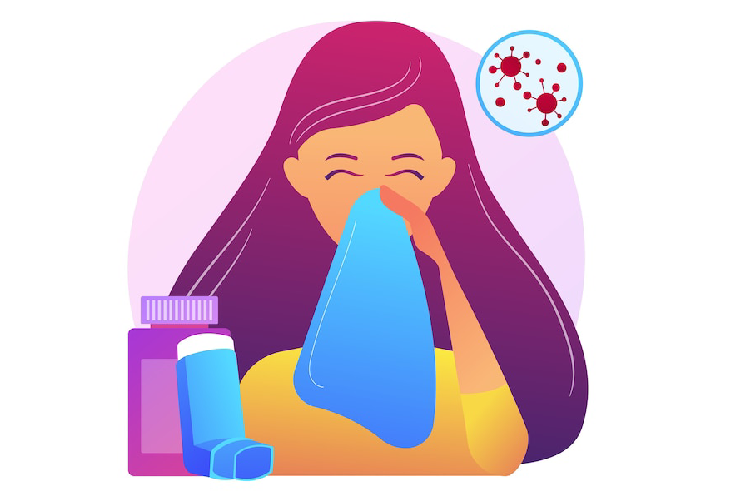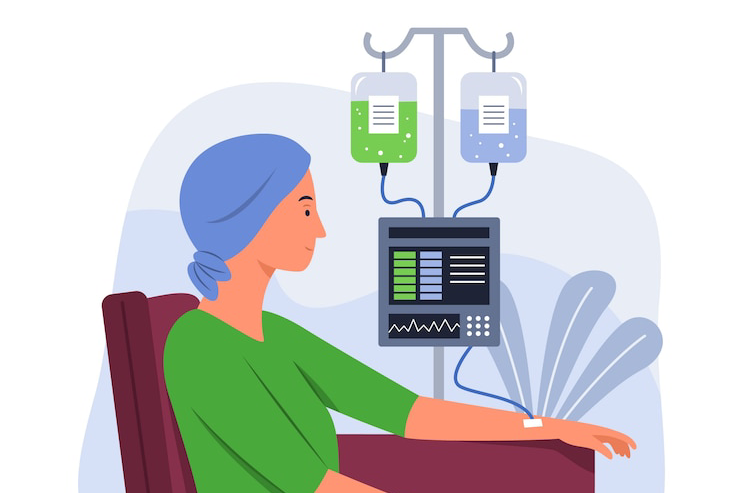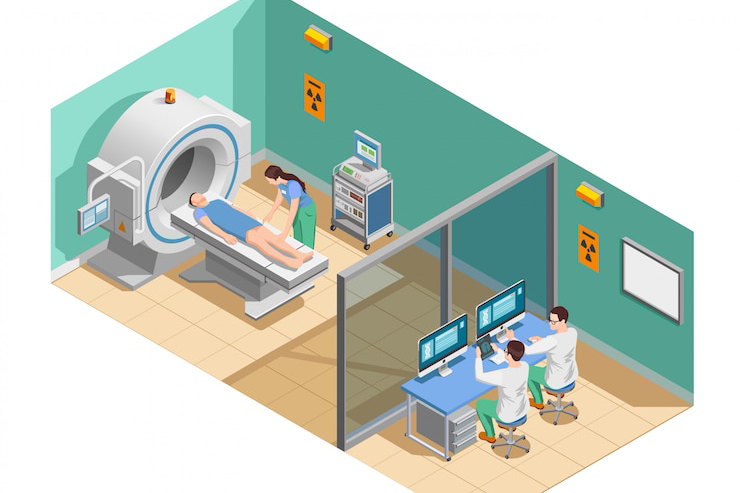
Breathing Easy: Understanding Lung Health and Function
Introduction
Breathing is one of the most fundamental aspects of life, yet we often take it for granted. Our lungs play a crucial role in the respiratory system, providing oxygen to our bodies and removing carbon dioxide. Understanding lung health and function is essential for maintaining overall well-being and preventing respiratory diseases. This blog will explore the anatomy of the lungs, common lung conditions, the importance of lung health, and practical tips for maintaining optimal lung function.
The Anatomy of the Lungs
The lungs are two spongy organs located in the thoracic cavity, protected by the ribcage. Each lung is divided into lobes—three in the right lung and two in the left lung. Key components of the lungs include:
Common Gastrointestinal Disorders
Gastroenterologists treat a variety of conditions that can affect digestive health. Some of the most common disorders include:
Gastroesophageal Reflux Disease (GERD)
- Bronchi: The main air passages that branch off from the trachea and lead into each lung.
- Bronchioles: Smaller branches of the bronchi that further divide and lead to the alveoli.
- Alveoli: Tiny air sacs where gas exchange occurs. Oxygen enters the bloodstream, and carbon dioxide is expelled.
The lungs are also surrounded by a protective membrane called the pleura, which allows smooth movement during breathing.
Common Lung Conditions
Various conditions can affect lung health, ranging from mild to severe. Some common lung diseases include:
Asthma
- Description: A chronic inflammatory condition that causes wheezing, shortness of breath, chest tightness, and coughing.
- Management: Inhalers (bronchodilators and corticosteroids), avoiding triggers, and regular monitoring.
Chronic Obstructive Pulmonary Disease (COPD)
- Description: A progressive disease that makes it difficult to breathe, often caused by long-term smoking or exposure to irritants.
- Management: Quitting smoking, medications (bronchodilators and steroids), and pulmonary rehabilitation.
Pneumonia
- Description: An infection that inflames the air sacs in one or both lungs, which may fill with fluid or pus.
- Management: Antibiotics for bacterial pneumonia, antiviral medications for viral pneumonia, and supportive care.
Lung Cancer
- Description: A type of cancer that begins in the lungs, often linked to smoking or exposure to carcinogens.
- Management: Treatment options include surgery, chemotherapy, radiation therapy, and targeted therapies.
Interstitial Lung Disease (ILD)
Gastroenterologists employ various diagnostic procedures to identify digestive disorders. Some of the most common methods include:
- Description: A group of disorders that cause scarring of lung tissue, leading to stiffness and breathing difficulties.
- Management: Medications to reduce inflammation, oxygen therapy, and pulmonary rehabilitation.
The Importance of Lung Health
Maintaining healthy lungs is crucial for overall health and quality of life. Good lung function supports:
- Oxygen Delivery: Adequate oxygen levels are vital for energy production and organ function.
- Removal of Waste: Efficient removal of carbon dioxide and other waste products helps maintain acid-base balance in the body.
- Immune Function: Healthy lungs help protect against respiratory infections and diseases.
Tips for Maintaining Optimal Lung Health
Preventive care is essential in gastroenterology. Regular check-ups and screenings can help detect issues early, when they are often more treatable. Here are some preventive measures you can take:
- Don’t Smoke: Quitting smoking is the most effective way to protect your lung health. Avoid exposure to secondhand smoke as well.
- Stay Active: Regular physical activity can improve lung function and overall health. Activities such as walking, swimming, and cycling can enhance your respiratory capacity.
- Practice Deep Breathing: Engage in deep breathing exercises to strengthen your diaphragm and improve lung capacity. Techniques such as diaphragmatic breathing and pursed-lip breathing can be beneficial.
- Avoid Pollutants: Limit exposure to indoor and outdoor pollutants, including dust, mold, and chemical fumes. Use air purifiers and ensure proper ventilation in your home.
- Get Vaccinated: Vaccinations for influenza and pneumonia can help prevent respiratory infections.
- Eat a Healthy Diet: A diet rich in fruits, vegetables, whole grains, and lean proteins supports overall health, including lung function.
- Stay Hydrated: Drinking plenty of water helps keep mucus membranes moist, facilitating better lung function.
When to Seek Medical Attention
It’s important to consult a healthcare professional if you experience any of the following symptoms:
- Persistent cough that lasts more than a few weeks
- Shortness of breath during normal activities
- Wheezing or noisy breathing
- Chest pain or discomfort
- Coughing up blood or unusual mucus
Conclusion
Understanding lung health and function is essential for maintaining overall well-being. By recognizing common lung conditions and adopting healthy lifestyle choices, you can significantly improve your lung function and reduce the risk of respiratory diseases. Remember, your lungs are vital to your health, so take proactive steps to ensure they remain healthy and strong. If you have concerns about your lung health, don’t hesitate to seek professional advice and support.



